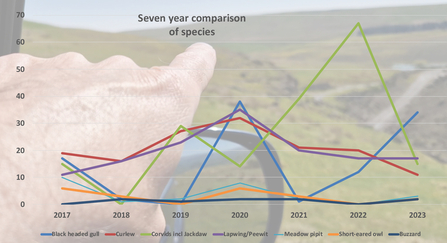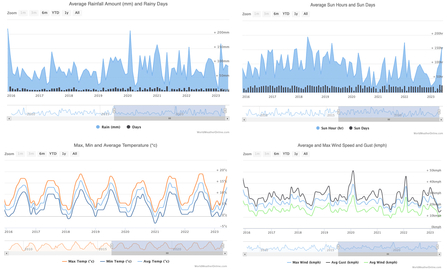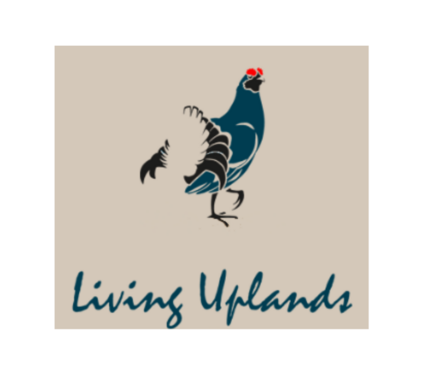This was the seventh annual bird count on this moor in the Weardale uplands, helped by Nature Rangers and Young Rangers from Durham Wildlife Trust. On the day the two counts were taken, one in May and one in June, the days were bright with a breeze and good visibility.
In recent years we have noted significant weather events that have impacted on the breeding season and on ground nesting birds in particular. Prolonged cold and frosted ground, dry spells and prolonged rain in spring times. Any one of these conditions can impact on the life cycle of the uplands.
Plants and insects when out of sync with the nesting seasons can cause dips in numbers.
Thankfully, 2023 has been what might once have been called a fairly 'normal year'. The winter was not too harsh, a wetter February wasn't alarming, and spring has seen changeable in weather but nothing exceptional for the time of year.
Plants and insects were as they should be and as a consequence our count recorded a broadly to be expected range of birdlife on the moor.




